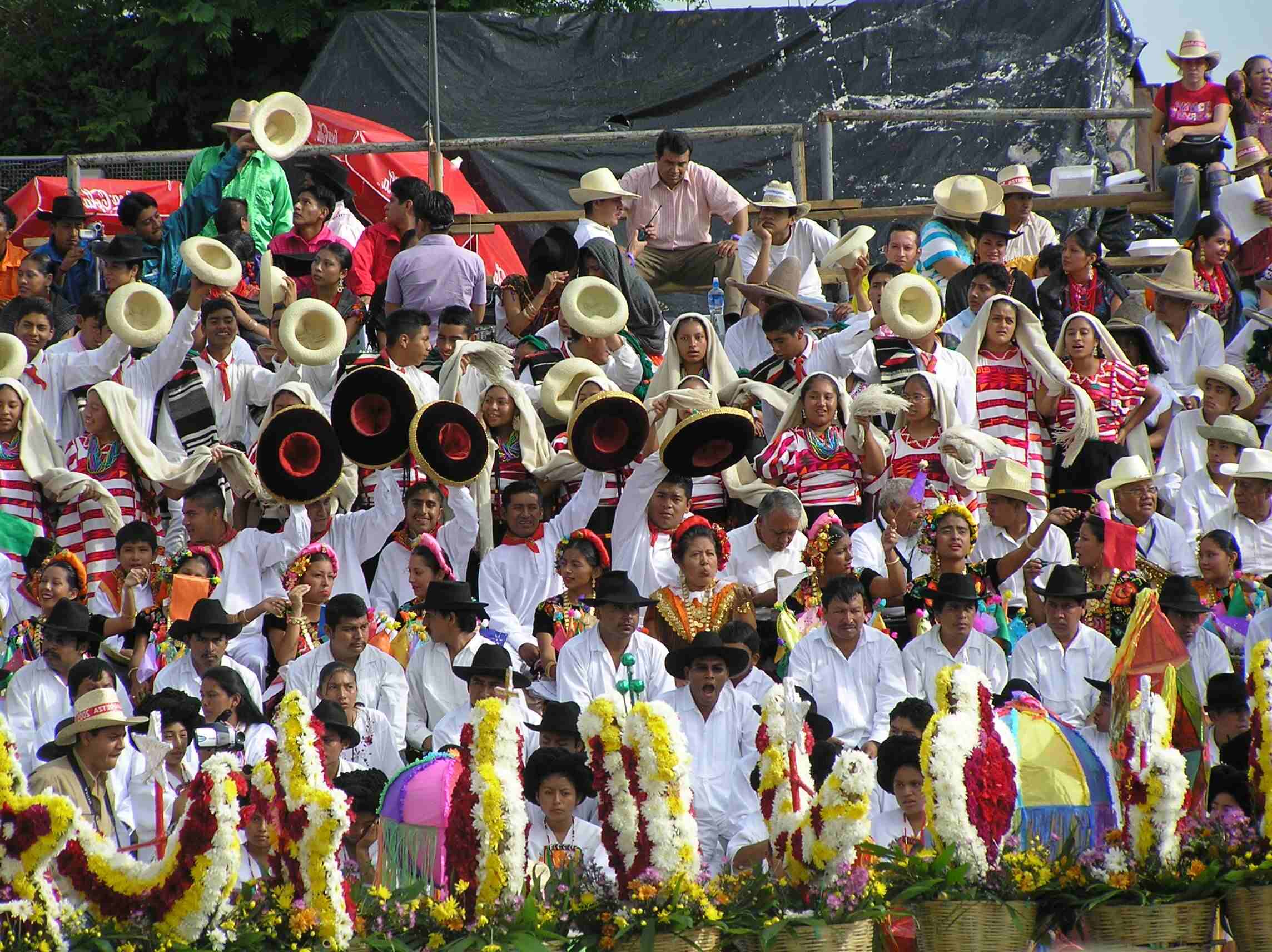
Who are the Huave people? The Huave are an indigenous group living along the Pacific coast of Oaxaca, Mexico. Known for their unique language and rich cultural traditions, they have a fascinating history that stretches back centuries. Their language, Omaha, is unrelated to any other language in the region, making it a linguistic treasure. The Huave are skilled fishermen and weavers, creating beautiful textiles that reflect their vibrant heritage. Despite facing challenges like modernization and environmental changes, they continue to preserve their customs and way of life. Dive into these 26 facts to learn more about the Huave's intriguing world.
Huave People: An Overview
The Huave people, also known as Ikoots or Mareños, are an indigenous group residing in the Isthmus of Tehuantepec in Oaxaca, Mexico. Their unique culture, language, and traditions make them a fascinating subject of study.
- The Huave people primarily live in four villages: San Mateo del Mar, San Dionisio del Mar, San Francisco del Mar, and Santa María del Mar.
- They call themselves "Ikoots," which means "us" in their native language.
- The Huave language is unrelated to any other language family, making it a linguistic isolate.
- Approximately 18,000 Huave people live in Oaxaca, with many still speaking their native language.
- Fishing is a central part of Huave culture, providing both sustenance and economic activity.
Language and Communication
The Huave language is a significant aspect of their identity. It holds a wealth of knowledge and tradition.
- The Huave language has four main dialects, each corresponding to one of the four villages.
- Despite being a linguistic isolate, the Huave language has borrowed words from neighboring Zapotec and Spanish languages.
- Efforts are being made to preserve the Huave language through educational programs and documentation.
- The language is primarily oral, with limited written literature available.
- Huave people often use storytelling to pass down traditions and history.
Cultural Practices and Traditions
The Huave culture is rich with unique practices and traditions that have been passed down through generations.
- The Huave celebrate the "Fiesta de San Mateo" in honor of their patron saint, St. Matthew, with music, dance, and traditional foods.
- Traditional Huave music includes the use of marimbas, drums, and flutes.
- Huave women are known for their intricate weaving and embroidery skills, creating beautiful textiles.
- The Huave practice a form of traditional medicine, using herbs and rituals to heal the sick.
- Community decision-making is often done through assemblies, where elders and community members discuss and resolve issues.
Economy and Livelihood
The Huave people have adapted to their environment, developing a sustainable way of life.
- Fishing is the primary economic activity, with fish and shrimp being the main catches.
- Agriculture also plays a role, with crops like maize, beans, and squash being grown.
- Many Huave people engage in artisanal crafts, such as weaving and pottery, to supplement their income.
- The Huave have a deep understanding of their natural environment, using traditional ecological knowledge to manage resources.
- Trade with neighboring communities is common, allowing the Huave to exchange goods and services.
Challenges and Modern Influences
Like many indigenous groups, the Huave face challenges in preserving their culture and way of life.
- Climate change and environmental degradation threaten their fishing and agricultural practices.
- Migration to urban areas has led to a decline in the number of Huave speakers.
- Efforts to modernize and develop the region have sometimes clashed with traditional Huave practices.
- Despite these challenges, the Huave have shown resilience, adapting to changing circumstances while maintaining their cultural identity.
- NGOs and government programs are working to support the Huave in preserving their language and traditions.
- The Huave continue to celebrate their heritage through festivals, rituals, and daily practices, ensuring their culture remains vibrant and alive.
The Final Word on Huave Culture
Huave culture is a rich tapestry of traditions, language, and history. From their unique linguistic roots to their vibrant festivals, the Huave people offer a fascinating glimpse into a world that has thrived for centuries. Their fishing techniques, traditional crafts, and communal lifestyle highlight a deep connection to their environment and each other.
Understanding these facts not only broadens our knowledge but also fosters appreciation for the diversity within human cultures. The Huave community, with its resilience and adaptability, stands as a testament to the enduring spirit of indigenous peoples. Whether you're a history buff, a cultural enthusiast, or just curious, the Huave culture has something intriguing to offer.
So next time you think about the rich mosaic of human societies, remember the Huave and their remarkable contributions to our shared heritage.
Was this page helpful?
Our commitment to delivering trustworthy and engaging content is at the heart of what we do. Each fact on our site is contributed by real users like you, bringing a wealth of diverse insights and information. To ensure the highest standards of accuracy and reliability, our dedicated editors meticulously review each submission. This process guarantees that the facts we share are not only fascinating but also credible. Trust in our commitment to quality and authenticity as you explore and learn with us.


